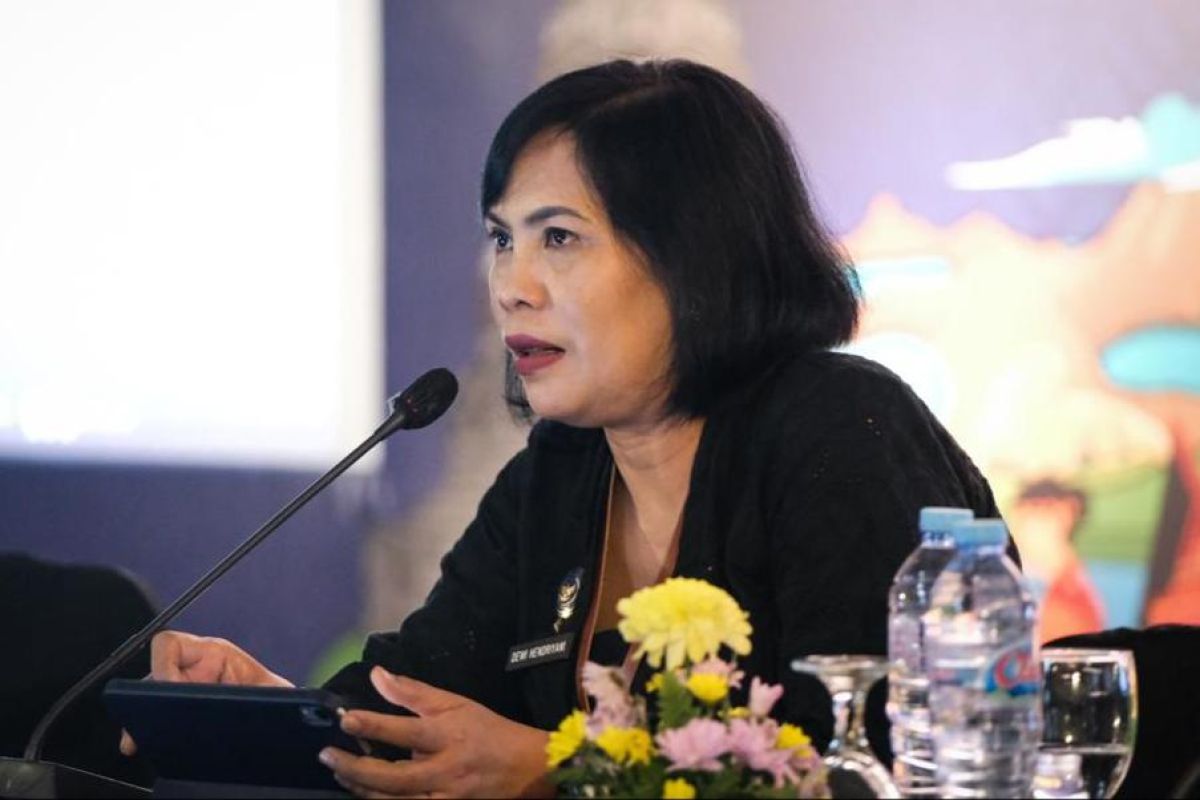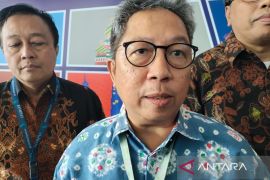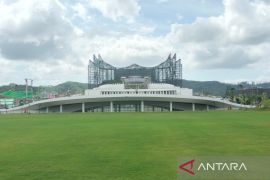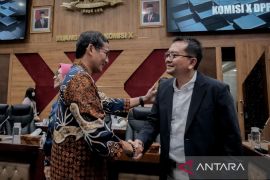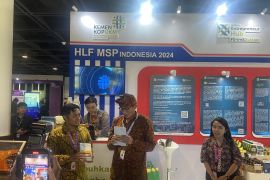Proper crisis communication can help to reduce issues from developing into a bigger one, whether communication at the preparedness level, emergency response, recovery, and normalization levelJakarta (ANTARA) - Crisis communication played an important role in managing tourism risks since the tourism industry was among the most vulnerable sectors to crisis due to natural and non-natural disasters, the Tourism and Creative Economy Ministry stated.
"Proper crisis communication can help to reduce issues from developing into a bigger one, whether communication at the preparedness level, emergency response, recovery, and normalization level," the ministry's head of communication bureau, I Gusti Ayu Dewi Hendriyani, stated at a discussion related to "Destination and Industry" during the 2022 National Tourism and Creative Economy Coordination Meeting, as quoted from a statement on Monday.
Hendriyani remarked that the ministry had formed a tourism crisis management to manage the ministry's crisis center publication.
Related news: Why new Criminal Code will not affect tourists visiting Bali
Hendriyani outlined four phases of tourism crisis management: the preparedness phase in which the tourism and creative economy's ecosystem is in a normal/pre-crisis stage. Hence, efforts made are focused on crisis preparedness and mitigation.
In this phase, the ministry's communication bureau will monitor potential issues that may cause a crisis in the industry. The bureau will then discuss the results of an inventory of potential tourism crises to stakeholders through the coordination function.
"In addition, we use informational and educational content to call for action through the use of the ministry's official social media as well as other channels to raise public awareness as part of forming public awareness," she affirmed.
The second stage is the emergency response phase that necessitates action at the earliest. The ministry's communication bureau has, so far, produced a press release as the ministry's official statement to disseminate important information to all tourism and creative economy stakeholders, Hendriyani remarked.
The third is the recovery phase that is implemented with marketing recovery related to creating image content from one destination, she remarked.
"This information is disseminated in various content formats, such as social media content, article content, and press releases, through various news angles," she stated.
Related news: Tourism Ministry asks regions to conduct training need analysis
The fourth phase is normalization in which the performance of the tourism and creative economy ecosystem will begin to return to normal after the crisis.
To handle all of this, collaboration is conducted with internal and external parties from the Ministry of Tourism and Creative Economy.
She said that the current tourism crisis communication challenges are getting bigger. Hence, it is important to adapt, innovate, and collaborate with various parties.
"Dissemination of information must be carried out massively, including education to raise awareness among the public and tourist regarding a potential crisis due to a disaster," she concluded.
Related news: NTB starts constructing cable car system linking to Mt. Rinjani
Related news: Investment linked to tourism destination development: ministry
Translator: M Baqir Idrus A, Resinta S
Editor: Fardah Assegaf
Copyright © ANTARA 2022
